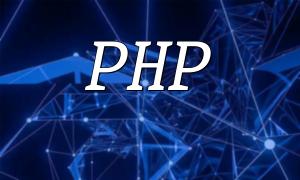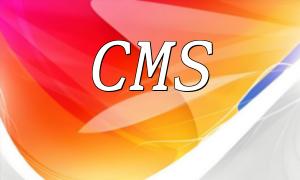With the rapid growth of the internet, the e-commerce industry is booming, and more businesses are opting to develop their own e-commerce platforms. PHP, a powerful and flexible programming language, has become a top choice for developing e-commerce websites. This article will introduce the key steps in PHP development for e-commerce websites, helping you efficiently complete your website development.
Before starting any project, performing detailed requirements analysis is crucial. This phase involves in-depth communication with the client to understand their needs, goals, and budget, while also identifying the core functional modules for the website such as product display, shopping cart, order management, and payment functionalities. Additionally, it’s important to consider website performance, scalability, and security to ensure the development plan can meet future requirements.
An e-commerce website handles large amounts of data, so effective database design is a key to success. Begin by designing a database schema that meets the requirements, including tables for products, orders, users, etc., and ensuring their relationships are clearly defined. Choose the right storage engine (such as MyISAM or InnoDB) and implement performance optimization techniques like indexing or table partitioning when necessary to enhance the database performance.
Using modern PHP frameworks can greatly increase development efficiency and reduce repetitive tasks. Popular PHP frameworks such as Laravel, Yii, and Symfony are widely used. Developers can choose the framework that best suits the project’s specific requirements. These frameworks come with a range of built-in features like routing, templating engines, and ORM (Object-Relational Mapping) that help developers quickly set up and extend the website.
Page design must focus on user experience and the overall style of the website. When designing the pages, the layout structure and functional modules should be determined based on the requirements analysis, and the UI design should meet the target users' needs. Once the design is complete, frontend developers will use HTML, CSS, and JavaScript to implement the pages, ensuring dynamic interactions. PHP will work alongside frontend technologies to ensure smooth communication between the front end and back end.
Backend development is the core part of an e-commerce website. Developers will write PHP code to implement the core features of the e-commerce platform based on the requirements analysis, including product display, shopping cart, order management, and payment functionalities. The components and tools provided by the framework can help reduce repetitive work and improve development efficiency.
Once development is complete, thorough testing is essential. This includes functionality testing, performance testing, and security testing, among others. The goal of testing is to ensure all functional modules work smoothly and identify any potential bugs or vulnerabilities. It’s also important to optimize the website’s performance and security, for example, by implementing caching techniques, compressing resources, and optimizing database queries to enhance the response speed and user experience.
After development and testing, the website needs to be deployed and launched. Choose the right server and operating system, such as an Apache server running on a Linux system, and configure the environment. Developers will upload the website’s code and files to the server and configure them accordingly. Afterward, a final round of testing is performed to ensure everything runs smoothly before going live.
By following these key steps, developers can successfully build a high-quality e-commerce website using PHP. Each step requires careful planning and attention to detail to ensure the website’s functionality and stability. Only through a disciplined development process can a successful e-commerce platform be launched, offering a seamless user experience.








